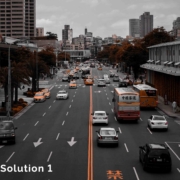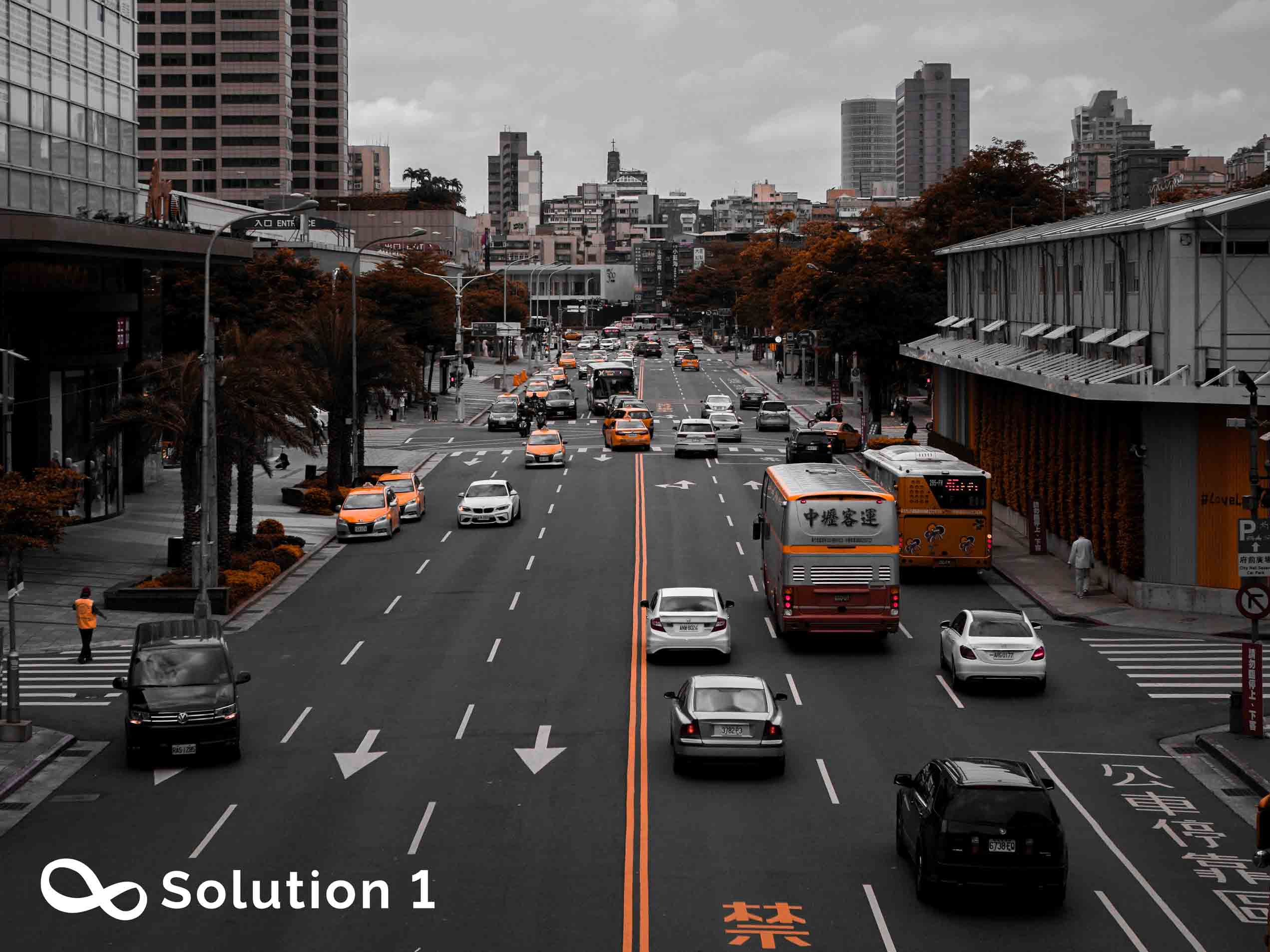Technological advancements play an important role in traffic enforcement.
- Road traffic accident is one of the top public health concerns globally.
Road safety is a major concern in safeguarding human life. Road crashes impact individuals, communities, and countries. Improved road safety is essential to sustainable development.
Every year traffic crashes kill the equivalent of a highly populated city. More than 80% of identifying factors behind road accidents are either driver errors of commission or omission. Past research has analyzed road traffic safety culture, which is defined by the formed values, beliefs, and social norms of the country or the socially constructed abstract systems of meanings, norms, beliefs, and values.
For finding effective safety improvement-related processes and best practices, it is important to understand road safety as a system that has different components including transportation infrastructure, vehicles, legal, and educational systems.
Road traffic safety is one of the most crucial global objectives. According to the Global Decade of Action for Road Safety (2011-2020) and SDG 3.6, the objective of the Strategy is to reduce the number of road crashes by 50% by 2030. However, the reduction of road traffic deaths and injuries remains a major challenge in the world.
“However, according to the UN’s progress summary, the number of road traffic deaths has continued to increase, reaching 1.35 million in 2016, failed to meet the established target by the end of 2020.”
“Data from the World Health Organization has revealed that of 1.35 million road-related deaths recorded worldwide annually and over 50 million people are seriously injured, young people aged 15-29 make up more than 300,000 of the total number.”
It seems traditional measures for road traffic safety have reached their limit in preventing crashes.
- Innovation technology was birthed by the increased number of vehicles, traffic violations, and traffic accidents.
In Singapore, citizens can report traffic violations, as well as other offenses, via the police website. They are required to provide image or video proof, a major disadvantage of this reporting approach is the difficulty of validating the images posted.
Only violations that can be confirmed by the police are further considered. In addition, if the violation is confirmed by the police, the reporting citizen is likely to be summoned to testify, which may deter people from reporting violations.
In a smart city, surveillance and enforcement are included in a system. This system could be able to use or analyze data and be able to produce new data that has been analyzed. It will run itself without having to be monitored by humans.
Over the past decade, the government has tried to use traffic enforcement system to obtain accurate data and information. One of the cases of the use of traffic enforcement systems in public organizations is the technology to manage traffic violations.
A traffic enforcement system is designed to reduce traffic crashes and to improve abidance to traffic laws by implementing the use of photographic and electronic technology. The main objective is the effective deterrence of potential violators which could not be achieved by the traditional enforcement methods.
These systems are being used extensively in many regions including Austria, Australia, Belgium, Canada, Israel, Germany, the Netherlands, South Africa, Singapore, Switzerland, Taiwan, the USA, the UK, etc.
Studies have found a large and highly significant reduction in violations several months after the implementation of the traffic enforcement system in the USA, Canada, England, Taiwan, and Singapore.





